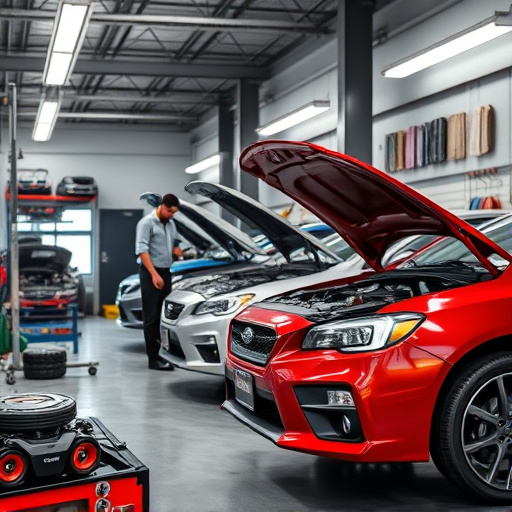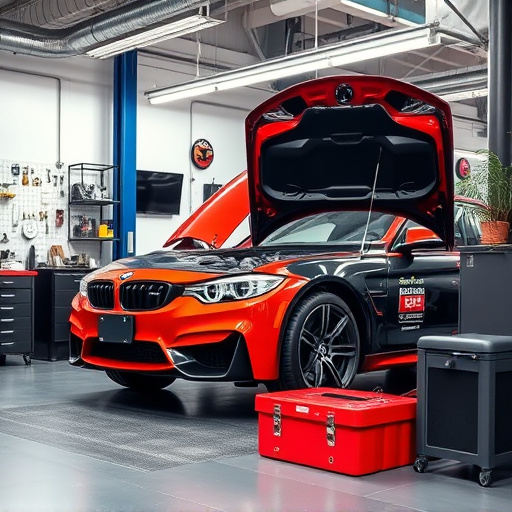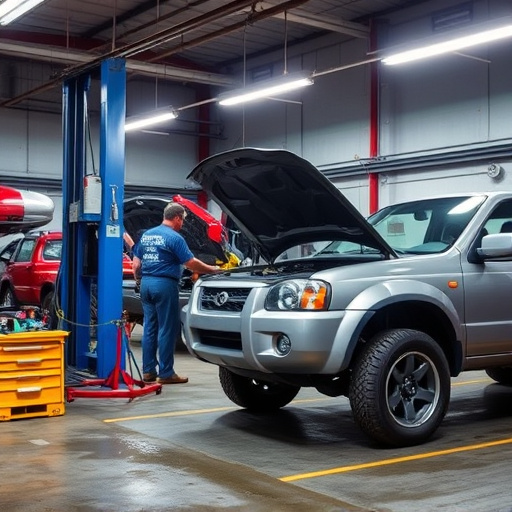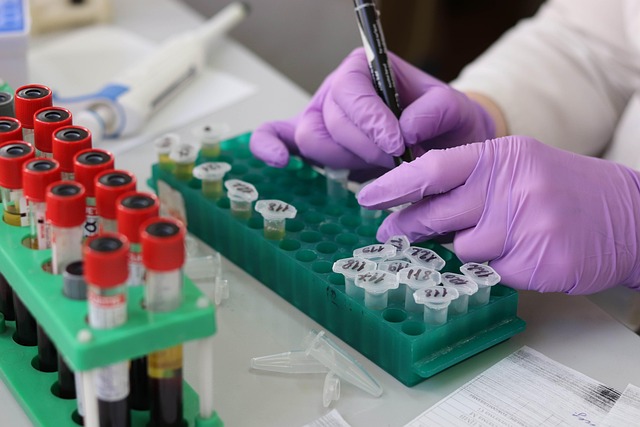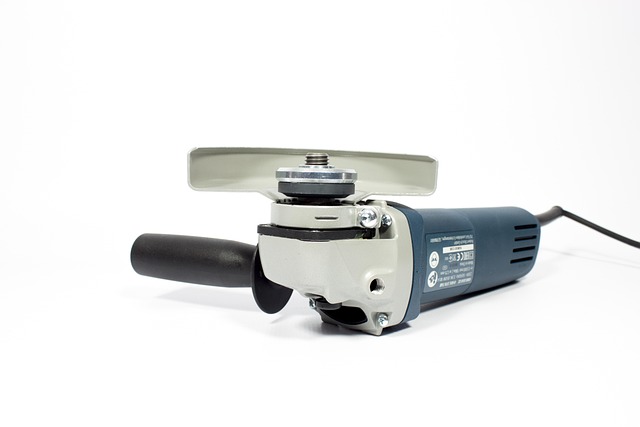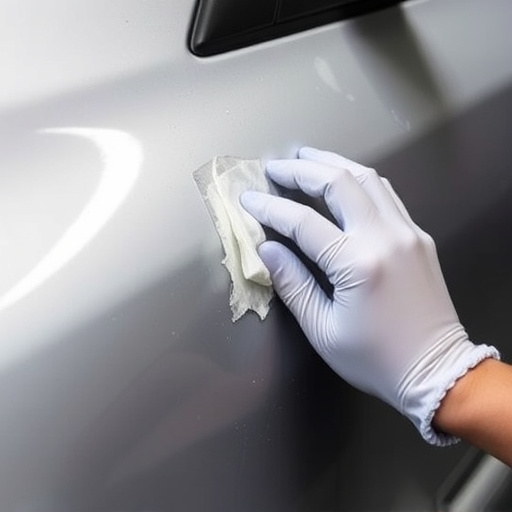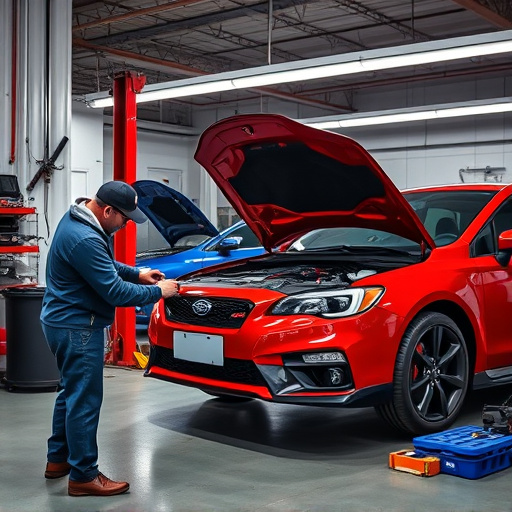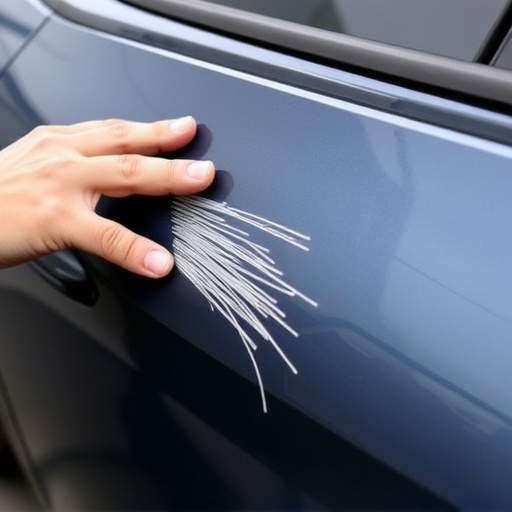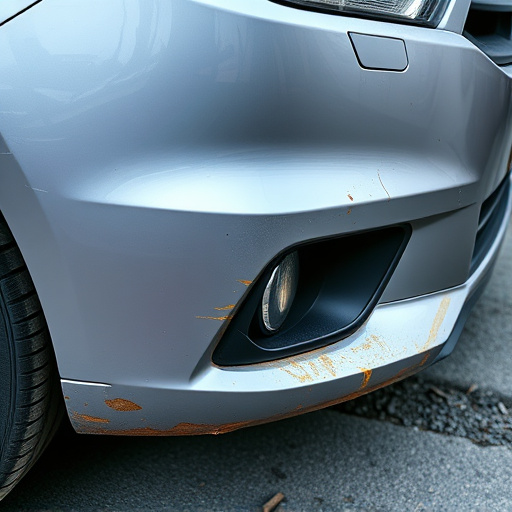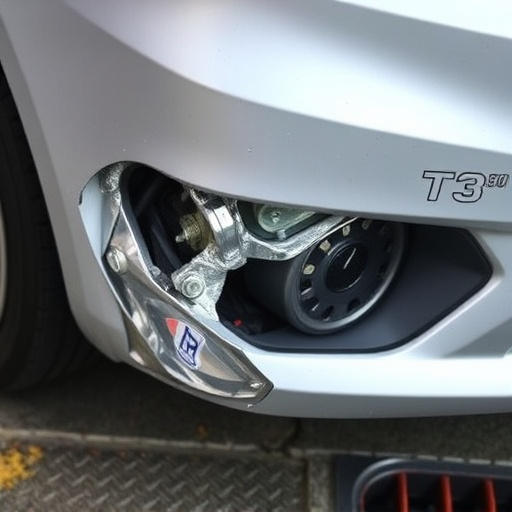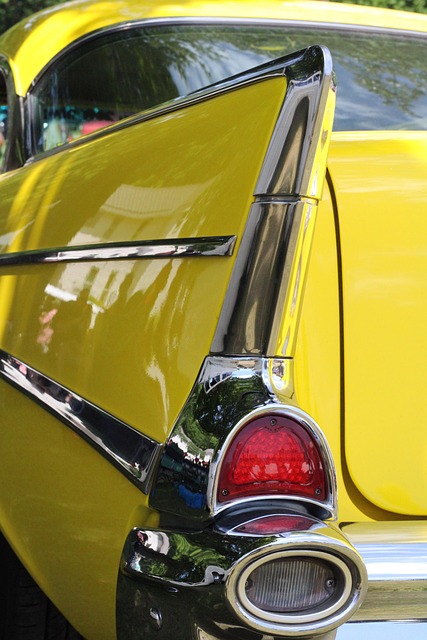Aftermarket auto glass offers a popular solution for windshield replacements but requires careful inspection to avoid defects like poor fitment, air bubbles, and hidden flaws. Regularly check for chips, cracks, scratches, and air bubbles to ensure optimal visibility and structural integrity. Prompt replacement maintains safety, prevents water leaks, and ensures the longevity of vehicle windows, recommended every few years due to material degradation.
Aftermarket auto glass is a ubiquitous choice for car owners, but understanding its quality and potential defects is crucial. This guide explores the intricacies of inspecting these glasses, helping you discern between safe and faulty options. We’ll walk you through common defect types, emphasizing the importance of clear visibility and safety. Learn when to replace your aftermarket auto glass for optimal driving experience and peace of mind.
- Understanding Aftermarket Auto Glass Quality
- Common Defect Types to Look For
- When to Replace for Safety and Clarity
Understanding Aftermarket Auto Glass Quality
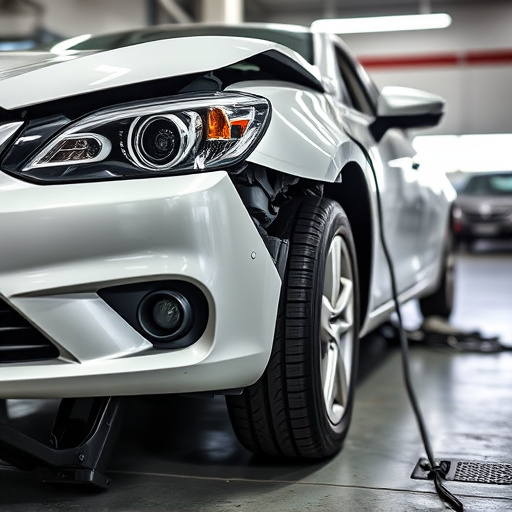
Aftermarket auto glass is a popular choice for those looking to replace damaged or cracked windshields and other window components on their vehicles. However, understanding the quality and potential defects of these products is essential before making a purchase. The market offers a wide range of aftermarket glass options, varying in price and quality, which can be challenging for consumers to navigate.
While many reputable suppliers provide high-quality glass that meets or exceeds original equipment standards, there is always a risk of encountering inferior products. Defects in aftermarket auto glass can include issues like poor fitment, visible air bubbles or gaps between the glass and car bodywork, and even hidden damage from manufacturing flaws. These defects may go unnoticed during initial installation but can lead to further complications, such as water leaks or reduced structural integrity, especially during a car collision repair. Thus, it’s crucial to inspect the glass thoroughly before installation, ensuring it aligns with the vehicle’s specifications and safety standards.
Common Defect Types to Look For
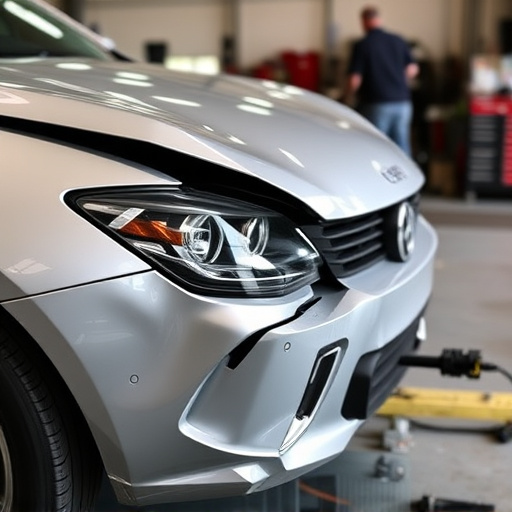
When inspecting aftermarket auto glass for defects, it’s crucial to be on the lookout for common issues that can compromise both safety and aesthetics. Some of the most prevalent defect types include chips, cracks, scratches, and air bubbles trapped beneath the glass. Chips often appear as small breaks or nicks in the glass surface, while cracks can vary from fine lines to wider, more pronounced fissures. Scratches, caused by cleaning products, stones, or other debris, can dull the glass’s clarity and reflectivity.
Air bubbles in aftermarket auto glass are another concern, particularly in improperly installed pieces. These air pockets can be visible as translucent or opaque areas within the glass, affecting its structural integrity and visual appeal. Regularly inspect your vehicle’s windows, mirrors, and lights for these defects, and if found, consider prompt replacement to ensure optimal visibility and safety during driving. Remember that addressing auto glass issues early, whether through auto painting, auto glass replacement, or car body repair, is key to maintaining both the functionality and longevity of your vehicle’s windows.
When to Replace for Safety and Clarity
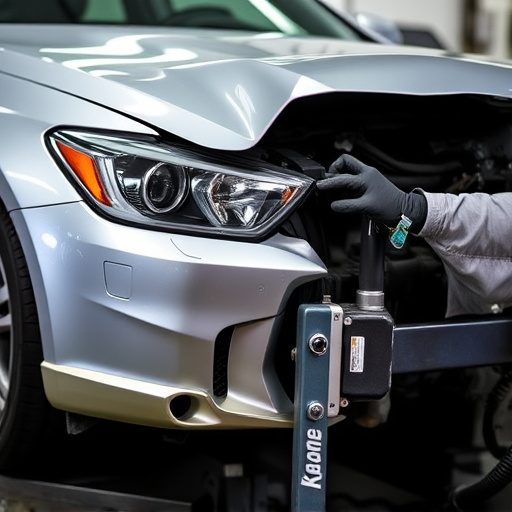
Aftermarket auto glass is a critical component of your vehicle’s safety system, and it’s crucial to inspect for defects regularly. While many minor cracks or chips might not immediately compromise structural integrity, they can affect driving clarity and safety, especially at higher speeds. Regular checks are essential after any automotive collision repair or fender repair, as these incidents often leave behind unseen damage that could escalate if left unaddressed.
Beyond accidents, consider replacing your aftermarket auto glass every few years, even if there are no visible defects. The material can degrade over time due to exposure to UV rays and extreme weather conditions, leading to reduced clarity and potential weakness. Keeping your windshield and side windows in top condition ensures optimal visibility, enhances driving safety, and prevents unexpected failures that could put you at risk on the road—a key benefit when considering the cost of a paintless dent repair compared to a new glass installation.
Aftermarket auto glass can offer a cost-effective solution for your vehicle, but it’s crucial to inspect it for defects before installation. By understanding common issues like cracks, chips, and air bubbles, you can ensure a safe and clear driving experience. Regular checks, especially after impact or extreme weather events, are essential to maintain optimal visibility and protect your safety on the road.
